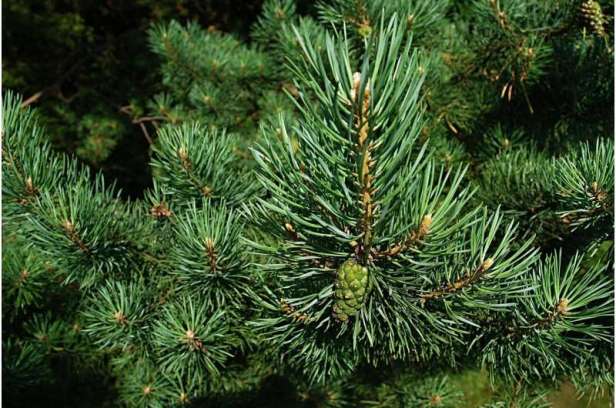Pine needles tell the story of PFAS in North Carolina
By Tracey Peake | Phys.org | February 21, 2022

Read the full article by Tracey Peake (Phys.org)
“The humble pine tree is more than just a common sight in North Carolina—it’s also a handy tool for monitoring the proliferation of per- and polyfluoroalkyl substances (PFAS) in our state over time.
Researchers from North Carolina State University used historical and current pine needle samples to trace the presence and concentrations of over 70 different types of PFAS in six N.C. counties from 1961 to the present. The findings are a snapshot of the evolution of PFAS in the state over a 50-year period.
Why pine needles?
‘They’re everywhere in the state and free, so it’s very easy to sample numerous locations and time points without having to build and retrieve expensive sampling equipment,’ says Erin Baker, associate professor of chemistry at NC State and co-corresponding author of the work.
As for the needles themselves, the waxy coating that protects them from the elements also acts as an efficient trap for airborne contaminants such as PFAS. And since pine trees drop their needles on an annual schedule, researchers can be certain about the points in time they’re looking at when they take samples.”…
This content provided by the PFAS Project.
Location:
Topics: